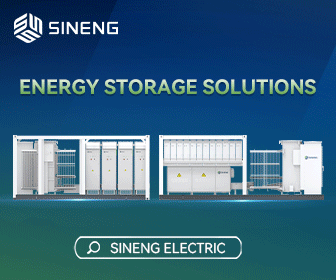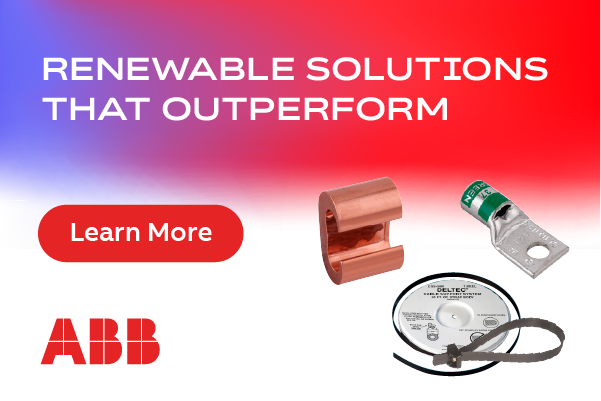Long-Duration Energy Storage as a Hedge Against Inflation
The global shift to clean energy has given rise to innovative technologies, new markets, and new economic opportunities. Adoption of wind and solar energy is accelerating due to favorable economics, supportive policies, and the urgency of the climate crisis. However, both are still reliant upon back-up fossil fuel generation to ensure grid stability and adequate power availability for times when the sun does not shine and the wind does not blow.
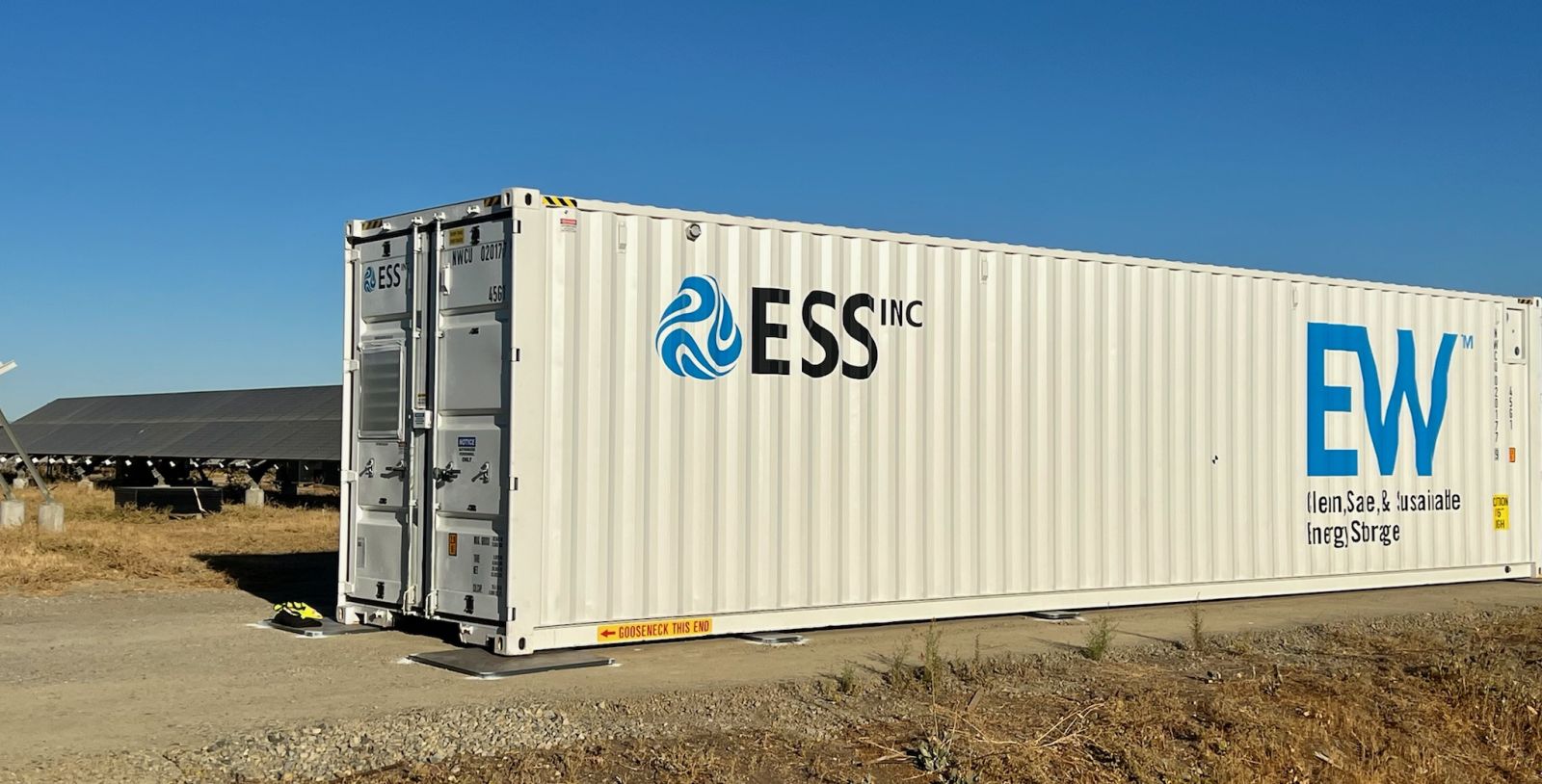
New long-duration energy storage (LDES) technologies are poised to change that, making full decarbonization of the energy grid possible. These new commercially available technologies are designed for long-duration (4- to 24-hour) energy storage. An additional benefit is that they don’t rely on lithium-ion technology, which can suffer from several operational and supply chain drawbacks.
The energy storage sector is positioned for rapid growth, garnering the interest of both investors and policymakers. A few examples of recent investments in energy storage underscore the opportunities in this growing area, including:
- Swiss asset management titan UBS acquired 700 MW of storage assets in Texas
- The UK’s state railway pension fund and a Canadian investment firm will spend $400 million to build out energy storage projects in Britain
- Gore Street, London’s first listed energy storage investment fund. with a portfolio of over 600 MW of storage assets, reported dramatic year-end results that included year-over-year increases in net income of 191 percent, and portfolio EBITDA of 704 percent.
Furthermore, provisions contained in the Inflation Reduction Act (IRA) signed into law by President Biden in August, extend the investment tax credit and production tax credit to include storage projects; this underscores the value that these projects add to a primarily renewable grid.
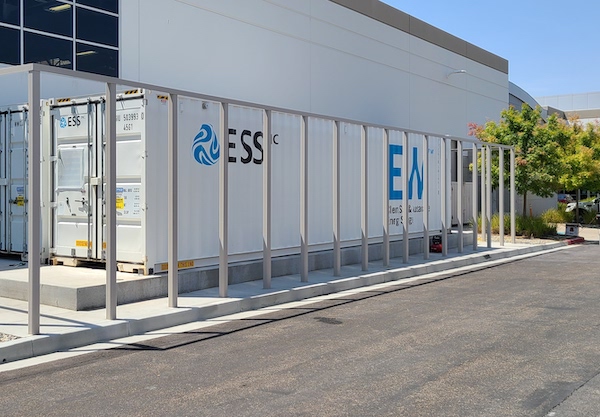 Even prior to the passage of the IRA, in January 2022, a report on the transition to a net-zero carbon society stated: “The global economy needs an estimated $9.2 trillion in annual average investment in physical assets to achieve net-zero emissions by 2050.”
Even prior to the passage of the IRA, in January 2022, a report on the transition to a net-zero carbon society stated: “The global economy needs an estimated $9.2 trillion in annual average investment in physical assets to achieve net-zero emissions by 2050.”
In November 2021, another report found that, by 2040, LDES could deploy 1.5 to 2.5 terawatts (TW) of power capacity globally, and require an investment of $1.5 to $3 trillion. As the clean energy transition gains momentum, the rapidly growing need for LDES will drive new markets and create ample economic opportunity.
Some have raised concerns that these rapid and substantial expenditures, particularly those included in the IRA, will exacerbate the already high levels of inflation experienced by the global economy in 2022. However, today’s inflationary cycle is significantly driven by skyrocketing energy prices due to post-pandemic supply chain challenges and the Russian invasion of Ukraine. Over the long term, investments in clean energy today will mitigate future inflation by insulating against the kinds of energy market instability driving the current crisis.
The reason is simple: Renewable energy cost structures are fundamentally different than their fossil fuel counterparts. Wind, solar, and storage projects require significant initial capital expenditures, but then cost little to operate due to minimal maintenance requirements (and fuel that’s essentially free). Once a renewable project is in commercial operation, the cost of energy generated by that project is largely stable, regardless of broader economic trends.
On a macro level, this means that, as the proportion of renewables increases (and both transportation and buildings are increasingly electrified), energy costs can be expected to stabilize. In a predominantly renewable energy economy, energy will shift from a driver of inflationary cycles to a bulwark against them.
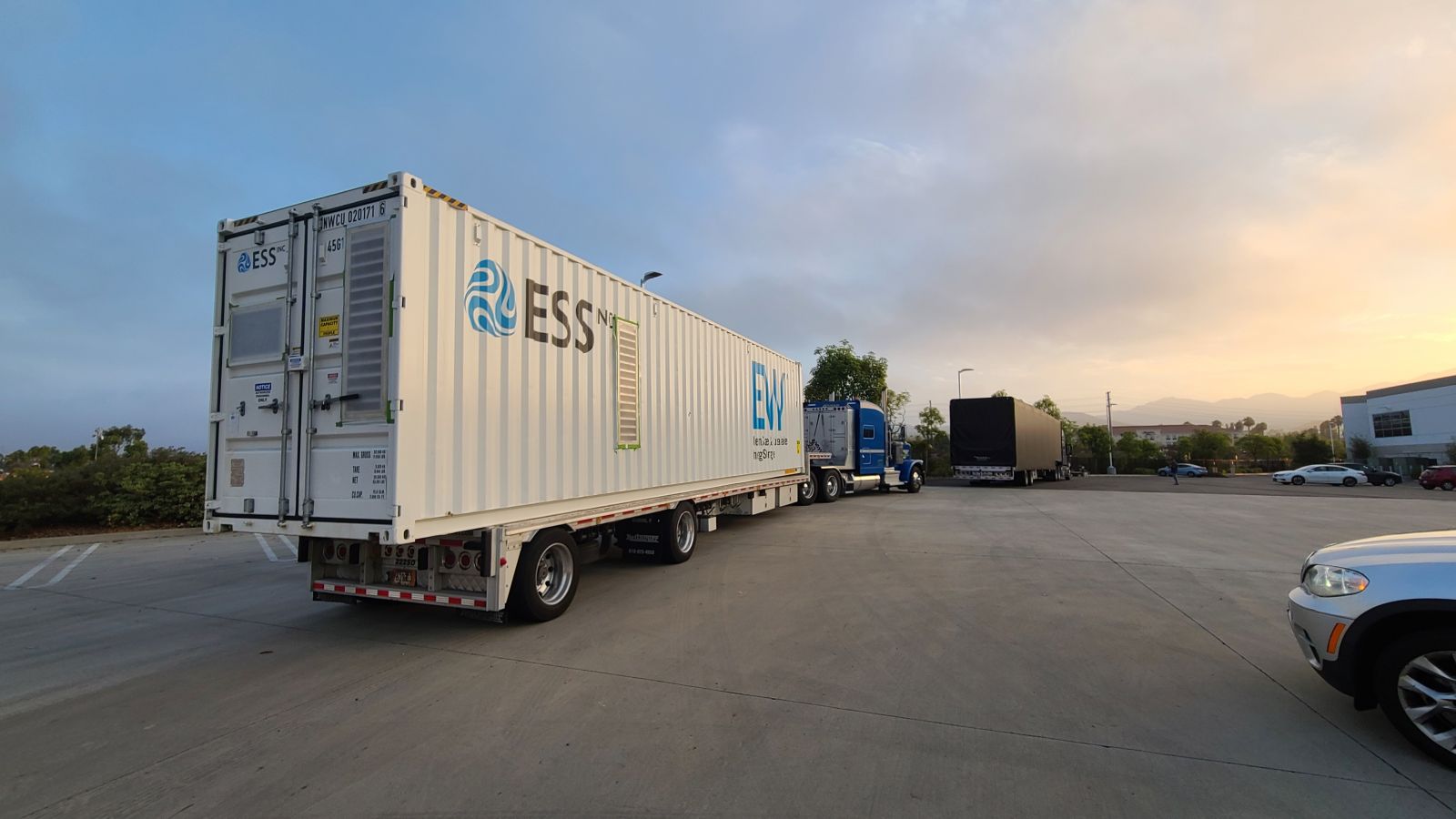
The good news is that building an economically resilient energy future isn’t dependent upon hypothetical future breakthroughs. Wind and solar technologies are largely mature, and LDES solutions, such as iron flow batteries, are now commercially available. When paired with wind and solar, LDES provides low-cost, long-duration energy storage that enables affordable, reliable, renewable energy to power our economy 24/7. It's predicted that renewable generation plus LDES will deliver energy for under $100/MWh, cheaper than many other forms of baseload power.
Policies incenting the first 30 years of wind and solar deployment delivered substantial growth, economies of scale, and innovation. The supportive policy provisions and investments contained in the IRA, paired with growing state and private sector investment in renewable energy plus LDES projects, are unlocking substantial opportunity for energy storage projects. All of these factors will make it possible to finally realize a truly decarbonized and inflation-resilient energy system.
Hugh McDermott is the Senior Vice President Business Development and Sales for ESS Inc. ESS technology uses earth-abundant iron, salt, and water to deliver environmentally safe solutions capable of providing up to 12 hours of flexible energy capacity for commercial and utility-scale energy storage applications.
ESS | www.essinc.com
Author: Hugh McDermott
Volume: 2023 January/February








